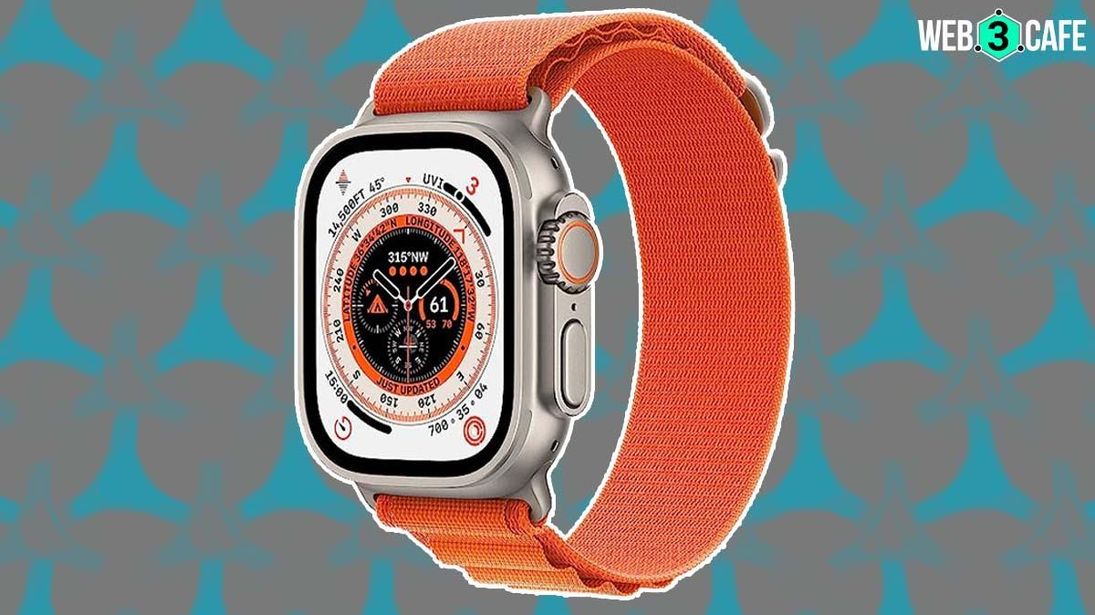The next Apple Watch Ultra Signals could have 3D-printed components ushering the future of gadget manufacturing
As other companies follow Apple's lead, the value of the smart manufacturing market is expected to soar, making 3D printing a pivotal technology in the future of industrial production.
 emerging tech
emerging tech
Highlights
- 3D printing has found applications in various areas, such as NASA printing components in space or printing buildings for human habitation
- Apple analyst Ming-Chi Kuo suggests that the company might explore 3D printing components using titanium, possibly involving Liquidmetal
- Apple has been holding additional patents related to Liquidmetal since 2013
- Apple Watch Ultra's second generation might be the first in its category to feature microLED technology
Speculation has arisen that Apple, the global tech giant, is considering venturing into the world of industrial 3D printing for components used in their devices, particularly the Apple Watch Ultra. According to renowned Apple analyst Ming-Chi Kuo, the company may explore 3D printing components using titanium, possibly incorporating Liquidmetal, an alloy known for being harder than steel and stronger than titanium.
Apple acquired perpetual licensing rights to Liquidmetal in 2010. If Apple adopts this manufacturing approach, it could potentially revolutionise the use of 3D printing in the industry, similar to how their adoption of automated manufacturing technologies accelerated the industrial use of Computer Numerical Control (CNC) printing in the past.
Apple Analyst Ming-Chi Kuo updates his Research Notes regarding 3D Printing for Apple Watch and morehttps://t.co/Y3lhMKsKge pic.twitter.com/GwYh8WTdoV
— Patently Apple (@PatentlyApple) July 17, 2023
Apple's potential game-changer
Embracing 3D printing for mass-produced products could also unlock the technology's wider adoption and legitimise its use in component design and industrial production beyond Apple's own products. While 3D printing has found applications in various areas, such as NASA printing components in space or printing buildings for human habitation, its full potential has not been realised due to factors like relative expense and limited adoption.
However, if Apple takes the lead in integrating 3D printing into consumer electronics manufacturing, it could lead to significant growth in the industry.
Recent reports also indicate that the upcoming Apple Watch Ultra's second generation might be the first in its category to feature microLED technology. MicroLEDs are incredibly tiny components, about a hundred times smaller than regular LEDs, which makes their assembly and production a more complex and time-consuming process.
Apple intends to incorporate microLED displays not only in the Apple Watch Ultra but also in their other devices like the iPhone, iPad, and Mac.
Company’s long-term interest in 3D printing
Apple has held patents related to Liquidmetal since 2013, indicating their ongoing interest in advanced 3D printing technologies.
These patents include capabilities for 3D printing onto existing or unfinished objects, as well as powerful 3D analysis and printing technologies for digital twin and fast prototyping. These technologies align with Apple's vision, which incorporates augmented reality and 3D cameras, as demonstrated in their prototyping labs.
Influence on industrial adoption
The potential adoption of 3D printing in mass-produced consumer electronics could catalyse the industrial use of these technologies in various sectors. The smart manufacturing market is projected to reach $754 billion by 2030 with a 13.5 percent compound annual growth rate, making 3D printing more prevalent in manufacturing processes across industries.If Apple sets the trend, other companies are likely to follow suit, leading to an increased demand for laser components for the technology.
In conclusion, the rumours surrounding Apple's potential venture into 3D printing for their devices, especially the Apple Watch Ultra, indicate the imminent rise of this technology in the consumer electronics manufacturing realm.
Leveraging their patents and expertise, Apple could pave the way for wider adoption of 3D printing, propelling the industry beyond the trough of disillusionment and towards greater enlightenment. As other companies follow Apple's lead, the value of the smart manufacturing market is expected to soar, making 3D printing a pivotal technology in the future of industrial production.


COMMENTS 0